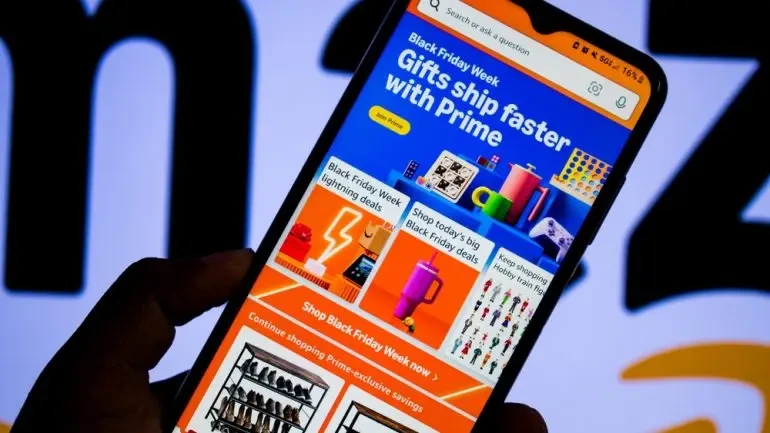As price-conscious shoppers sought out the best promotions, the event evolved into a multi-day window for finding value rather than a one-day shopping spree.

Black Friday 2024 demonstrated the growing influence of e-commerce in the United States, with online retail sales soaring by 14.6% compared to last year, according to Mastercard SpendingPulse.
In contrast, in-store sales showed a more modest increase of 0.7%.
“Black Friday was a good indicator of how the holiday season is positively shaping up,” said Michelle Meyer, chief economist at the Mastercard Economics Institute.
She explained that widespread price reductions and promotions supported consumers in their holiday shopping, boosting overall spending.
Key gift categories like Apparel, Jewellery, and Electronics remained strong, with Apparel standing out in online sales. The arrival of cooler weather after an unseasonably warm autumn further fuelled demand for winter clothing and footwear.
Shoppers seek value and plan strategically
Black Friday in the US has evolved into more than just a single day of shopping, becoming a period marked by extended deals and promotions. This year, many consumers approached the occasion with a deliberate strategy.
“Shoppers are making the most of seasonal deals and enjoying a balance of experiences spending and gifts for all loved ones. They’re more strategic in their shopping though, prioritising promotions that they believe hold the greatest value,” said Steve Sadove, senior advisor for Mastercard.
Retailers embraced this shift by offering competitive discounts, enticing value-conscious buyers. Spending increased not only on gifts but also on essentials, including groceries, as families prepared for Thanksgiving and other holiday celebrations.
Certain regions, such as Massachusetts, Washington D.C., and Colorado, stood out with higher-than-average spending growth, reflecting local economic dynamics and consumer confidence.
Dining and gifting trends reflect consumer preferences
Mastercard’s data highlighted evolving holiday trends in the two weeks leading up to Black Friday. Grocery spending grew as American households planned festive meals, while restaurant spending spiked on Black Friday itself.
Fashion was another bright spot. While in-store sales for Apparel started strong, e-commerce dominated on Black Friday as consumers sought convenience and expanded online selections. Footwear sales also outpaced last year’s levels, as shoppers completed their seasonal outfits.
These insights suggest a promising holiday season for US retailers, driven by consumers’ focus on value, a blend of experiences and traditional gifts, and the continued growth of digital sales channels.
As Black Friday evolves, the balance between in-store and online shopping is reshaping how Americans approach holiday spending.
Source from Retail Insight Network
Disclaimer: The information set forth above is provided by retail-insight-network.com independently of Chovm.com. Chovm.com makes no representation and warranties as to the quality and reliability of the seller and products. Chovm.com expressly disclaims any liability for breaches pertaining to the copyright of content.





 বাংলা
বাংলা Nederlands
Nederlands English
English Français
Français Deutsch
Deutsch हिन्दी
हिन्दी Bahasa Indonesia
Bahasa Indonesia Italiano
Italiano 日本語
日本語 한국어
한국어 Bahasa Melayu
Bahasa Melayu മലയാളം
മലയാളം پښتو
پښتو فارسی
فارسی Polski
Polski Português
Português Русский
Русский Español
Español Kiswahili
Kiswahili ไทย
ไทย Türkçe
Türkçe اردو
اردو Tiếng Việt
Tiếng Việt isiXhosa
isiXhosa Zulu
Zulu